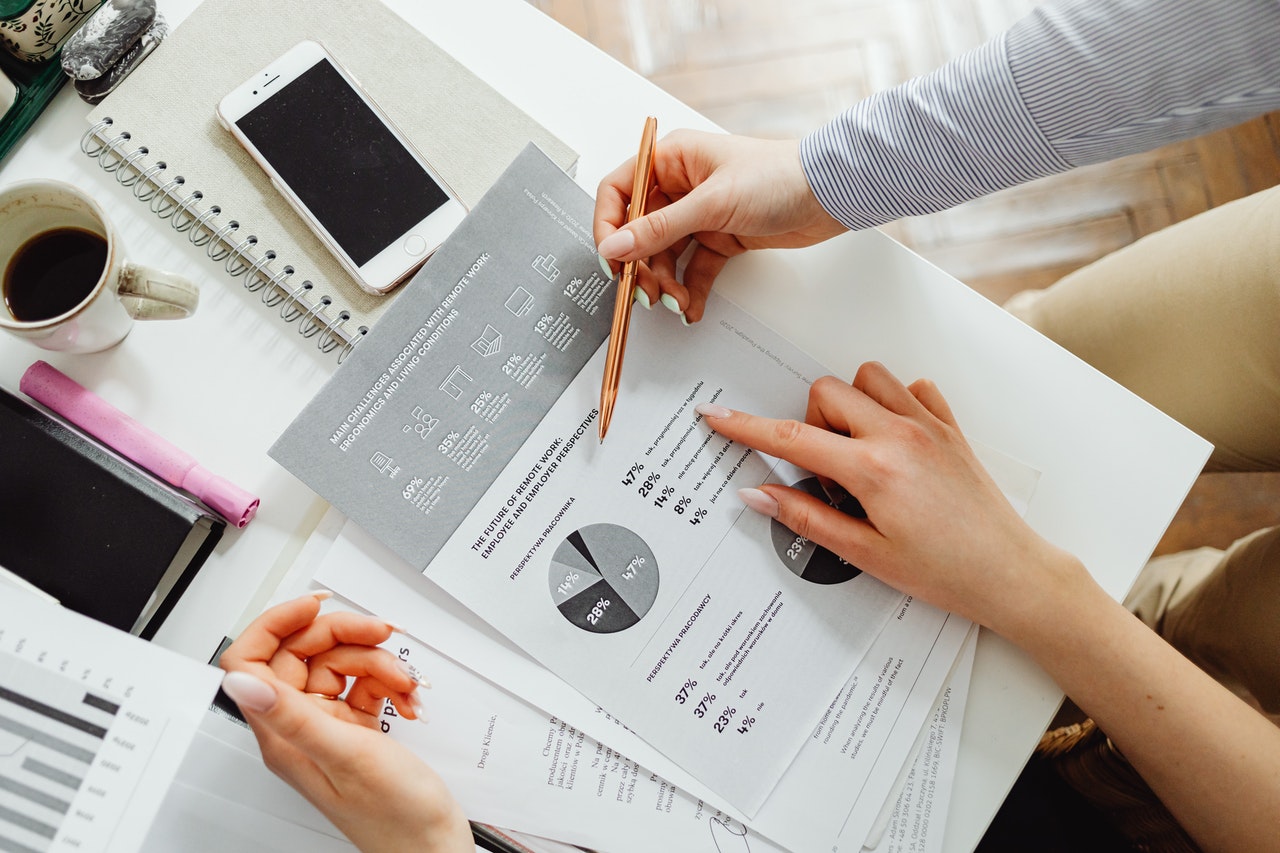The investment portfolio is an excellent way to not only manage financial investments but also to diversify assets. With this instrument, the investor increases the chances of obtaining positive results, in addition to reducing possible risks.
The asset basket, as it is also known, also contributes to better financial planning. After all, savers can distribute their own resources according to certain criteria, such as application deadline and need for redemption.
Here are some important tips for building a winning investment portfolio. Follow up!
Know your investor profile
If you already have some knowledge about financial education, you should know that this aspect is essential for sustainable performance when it comes to making money work . Identifying the investor profile is a crucial assumption when carrying out any financial planning.
In traffic, the driver’s license category defines the type of vehicle a person can drive, doesn’t it? In the financial market, it is possible to think of a similar situation. In this case, the investor profile determines the most suitable financial investments for each saver.
In general, it was conventional to think of three basic profiles: conservative, moderate and aggressive. However, it is possible to find other denominations on the market.
Such division is made, mainly, based on the risk tolerance of the investor. To give you an idea of this, the conservative does not admit losses in equity. Therefore, he prefers fixed-income investments.
The moderate is in a kind of middle ground. After all, it also values the maintenance of capital already acquired, but is willing to take a little risk in search of better profitability.
The aggressive, in turn, places the return on investments as a priority, even if it has to give up securities to do so.
Consider risk, liquidity and profitability when diversifying investments.
After identifying your investor profile, it is also necessary to take into account other factors when building your asset portfolio. Remember that one of the functions of this instrument is precisely to mitigate risks.
Thus, when choosing financial investments, you must distribute the capital so as not to concentrate a large part of your equity in a single type of investment. That way, if something goes wrong with one asset, you can get help with another.
In addition, liquidity must be considered when setting up the investment portfolio. This factor is linked to the speed with which the application can be converted into ready-to-use cash. In some cases, due to contractual force, the asset has low liquidity since the investor undertakes to redeem the amount after a certain grace period.
In other scenarios, such as the real estate market, the asset itself is not liquid. After all, it’s not so simple to sell a property overnight, is it?
By designing the investment portfolio based on liquidity and on your own financial objectives, you avoid running out of money for unforeseen events and, at the same time, take advantage of opportunities for income from investments with little liquid by force of contract.
Finally, profitability should be an evaluation criterion when building an investment portfolio. Although risk and earning potential are directly proportional in the financial market, even in fixed income it is possible to mine certain chances of return in addition to the low profitability of the savings account .
See examples of investment portfolios
Generally, investors make the distribution of the invested capital based on an initial division between fixed income and variable income investments , according to the risk tolerance profile, of course.
So, see below three examples of asset baskets based on a mix of criteria: risk, liquidity and profitability. For each case, a fictitious capital of R$ 1 million was used.
Conservative investment portfolio
Capital distribution: 100% in fixed income.
- Bank Deposit Certificate (CDB) with daily liquidity — R$ 50 thousand;
- Bank Deposit Certificate (CDB) with maturity of one year — R$ 100 thousand;
- Bank Deposit Certificate (CDB) maturing in two years — R$ 200 thousand;
- Bank Deposit Certificate (CDB) maturing in three years — R$ 200 thousand;
- Mortgage Letter of Credit (LCI) — R$ 150 thousand;
- Financial Bill (LF) — R$ 300 thousand.
Moderate investment portfolio
Capital distribution: 75% in fixed income and 25% in variable income.
- Bank Deposit Certificate (CDB) with daily liquidity — R$ 50 thousand;
- Bank Deposit Certificate (CDB) maturing in two years — R$ 200 thousand;
- Bank Deposit Certificate (CDB) maturing in three years — R$ 200 thousand;
- Mortgage Letter of Credit (LCI) — R$ 150 thousand;
- Financial Bill (LF) — R$ 150 thousand;
- Equity investment fund — R$100 thousand;
- Shares of companies in Brazil — R$ 150 thousand.
Aggressive investment portfolio
Capital distribution: 55% in fixed income and 45% in variable income.
- Bank Deposit Certificate (CDB) with daily liquidity — R$ 50 thousand;
- Bank Deposit Certificate (CDB) maturing in two years — R$ 150 thousand;
- Financial Bill (LF) — R$ 150 thousand;
- Debentures — BRL 200 thousand;
- Shares of companies in Brazil — R$ 150 thousand;
- Shares of companies abroad — R$ 100 thousand;
- Equity investment fund — R$ 200 thousand.
Now, you already have an idea of what an investment portfolio is. It is worth remembering that the compositions shown above are merely illustrative. After all, the effective choice of investments will depend on the investor’s risk tolerance profile and the financial objectives he has in the short, medium and long term.
Thus, available capital, an individual’s stage of life (single, newly married, with children about to enter college, etc.) or the need to acquire assets, among other situations, also interfere in the choice of assets in the investment portfolio.
Thus, there is no single income from a basket of financial investments for each type of investor profile. It is also worth remembering that, in general, investments offer more advantageous conditions of profitability in longer terms, as in CDBs, in which the lowest rate of Income Tax occurs with more than 720 days of investment, which represents a greater net return for the investor.
Did you like to know how to build a successful investment portfolio? Do you want to receive more tips to improve your financial education? So, subscribe to our newsletter and stay on top of the next content!





